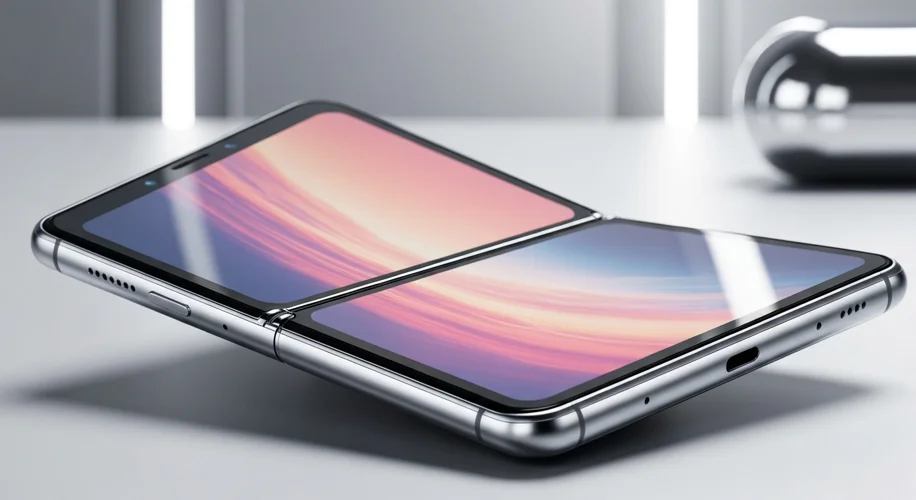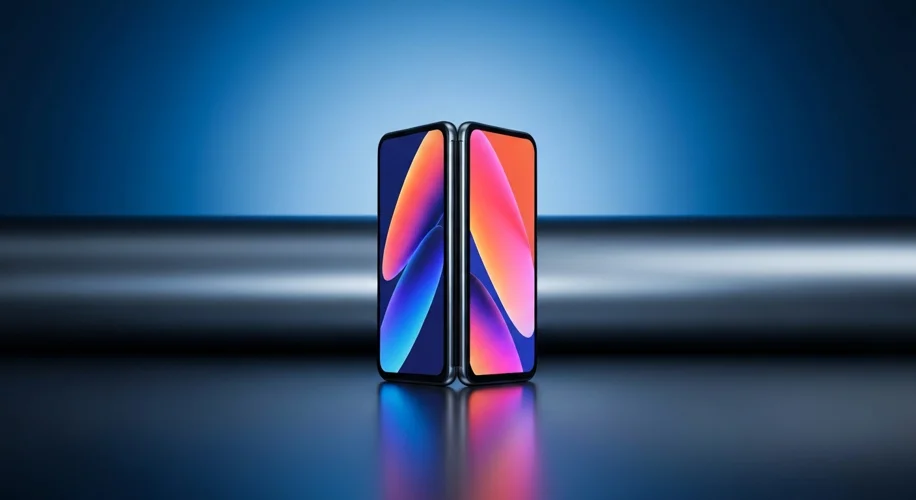In the relentless march of technological evolution, certain innovations arrive not with a bang, but with a subtle, transformative flex. For decades, the ubiquitous smartphone, a slab of glass and metal, seemed to have reached its evolutionary apex. Then came the whisper of a different possibility: a device that could bend, unfold, and reimagine our digital lives. This is the story of Samsung’s audacious gamble on foldable technology, a bet that has taken years to mature but is now, finally, paying dividends in the United States.
The genesis of flexible displays lies not in a single eureka moment, but in a persistent, almost obsessive, quest that began in the late 20th century. Researchers and engineers, often working away from the public eye, dreamed of devices that could break free from rigid forms. Imagine the early days: bulky prototypes, the tantalizing glimpses of screens that could curl, stretch, or even be rolled up. This was the dawn of a new era in electronics, a challenge to the very definition of a portable device.
One of the key hurdles was the delicate dance between the display material itself and the underlying components. Early attempts often resulted in screens that were either too fragile, prone to cracking along the crease, or too stiff to fold gracefully. Companies like Samsung poured resources into developing new materials, experimenting with plastics and advanced polymers to create displays that could withstand the rigNeuro of repeated folding without compromising on visual quality. This was a painstaking process, marked by countless iterations and the occasional public misstep – remember those early foldable phones that struggled with durability?

But the journey wasn’t just about the screen. The engineering challenge extended to the hinge mechanism, the intricate system that allows the device to fold and unfold smoothly and reliably. This component needed to be robust enough to endure tens of thousands of folds, yet precise enough to ensure a seamless transition between its compact and expanded states. The development of these hinges involved complex mechanical engineering, micro-robotics, and extensive testing, often pushing the boundaries of what was considered possible.
Samsung, in particular, emerged as a leading contender in this nascent field. Their early forays into foldable technology, while not perfect, provided invaluable real-world data and honed their engineering expertise. The Galaxy Fold, released in 2019, was a landmark device, albeit one that faced initial criticism for its durability concerns. However, it represented a significant leap forward, demonstrating the potential of a phone that could transform into a small tablet, offering a unique multitasking experience. This was followed by the Galaxy Z Flip series, which championed a more compact, clamshell design, tapping into nostalgia while embracing modern flexibility.
Today, as of August 19, 2025, the landscape has shifted dramatically. The latest iterations, like the Galaxy Z Fold 5 and Z Flip 5, are testaments to years of refinement. They boast improved durability, sleeker designs, and more intuitive user interfaces that leverage the unique form factors. The US market, often a bellwether for global consumer trends, has shown a growing appetite for these innovative devices. Sales figures indicate a significant upward trend, with consumers increasingly drawn to the versatility and novelty of foldables.
What does this mean for the future? The success of foldable phones suggests a paradigm shift in device design. It signals a move away from the monolithic slab towards more adaptable and personalized technology. While challenges remain – cost, for one, is still a barrier for many – the trajectory is clear. Samsung’s persistent investment in flexible display technology and foldable form factors has not only paid off in the US but has also paved the way for a new generation of smart devices that are as adaptable as the people who use them. The era of the bendable screen has truly arrived, transforming our handheld companions into dynamic tools that can seamlessly transition between a pocket-friendly phone and an immersive display.

